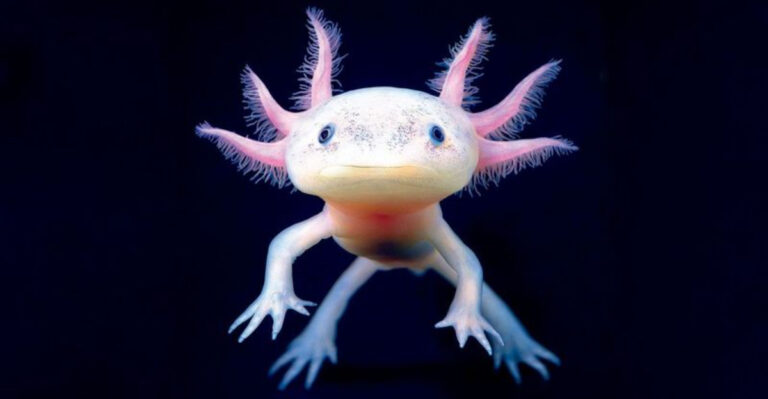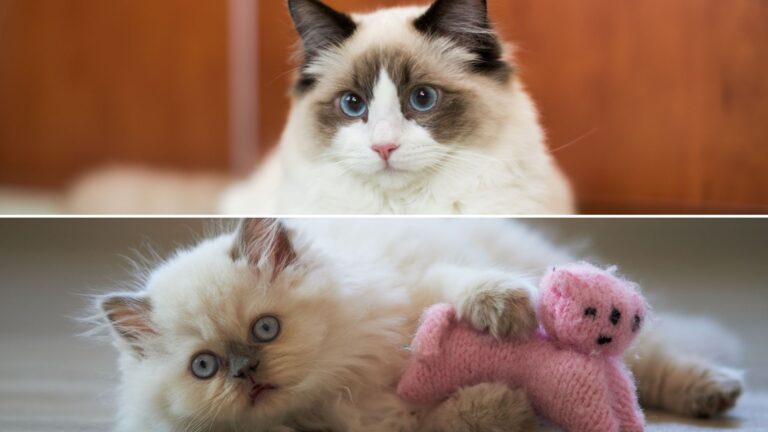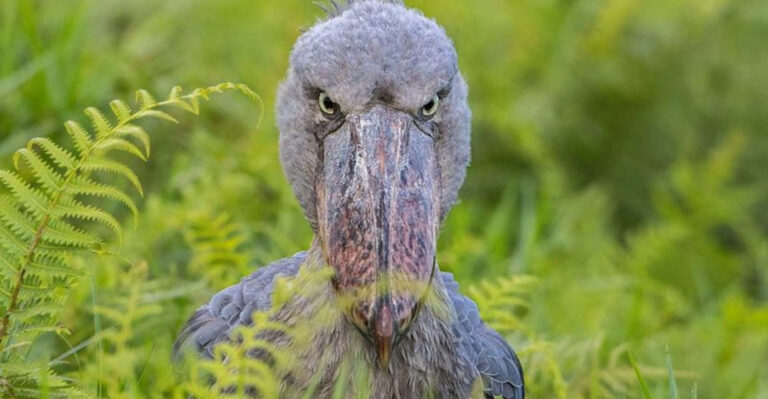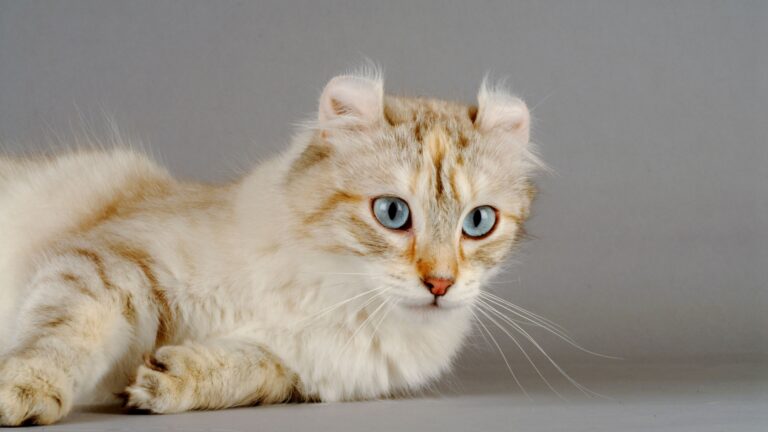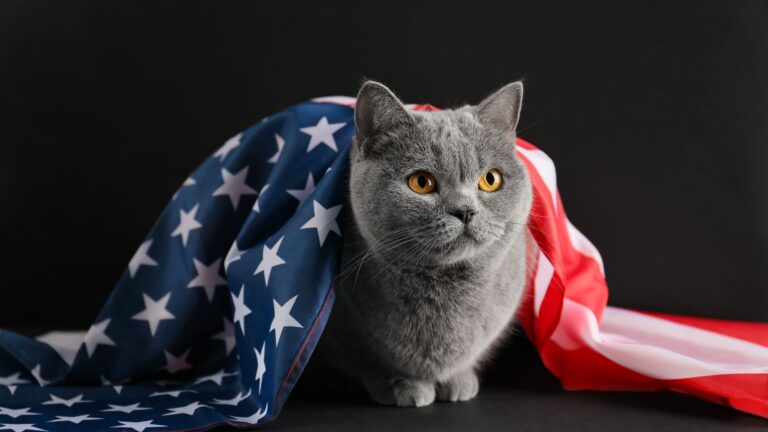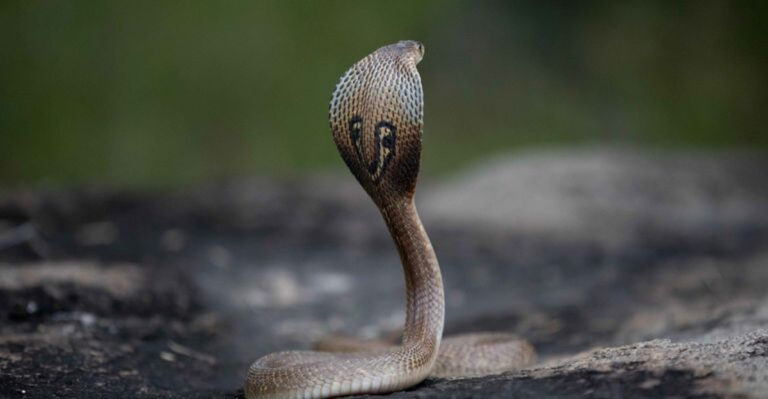20 Incredible Animals That Have The Power To Clone Themselves
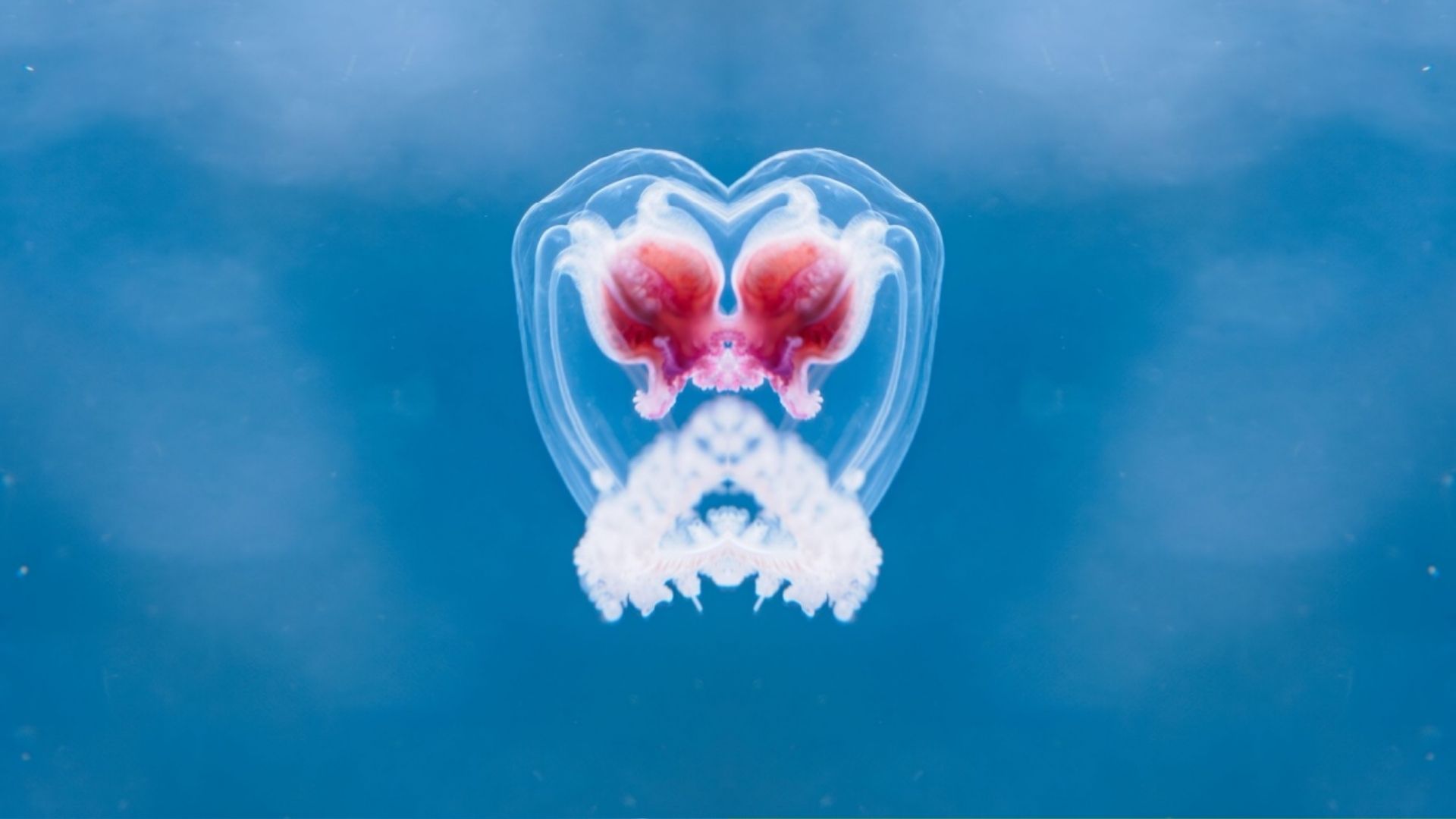
The idea of cloning sounds like it belongs in a sci-fi movie, yet in the animal kingdom, it’s surprisingly common.
Some animals have evolved to clone themselves to survive, thrive, and adapt to their environments. From sea creatures to reptiles and insects, these animals have found unique ways to replicate without a mate.
Let’s look at those amazing creatures that can make identical copies of themselves, revealing the diverse and sometimes bizarre strategies life has developed for survival.
20. Amazon Molly
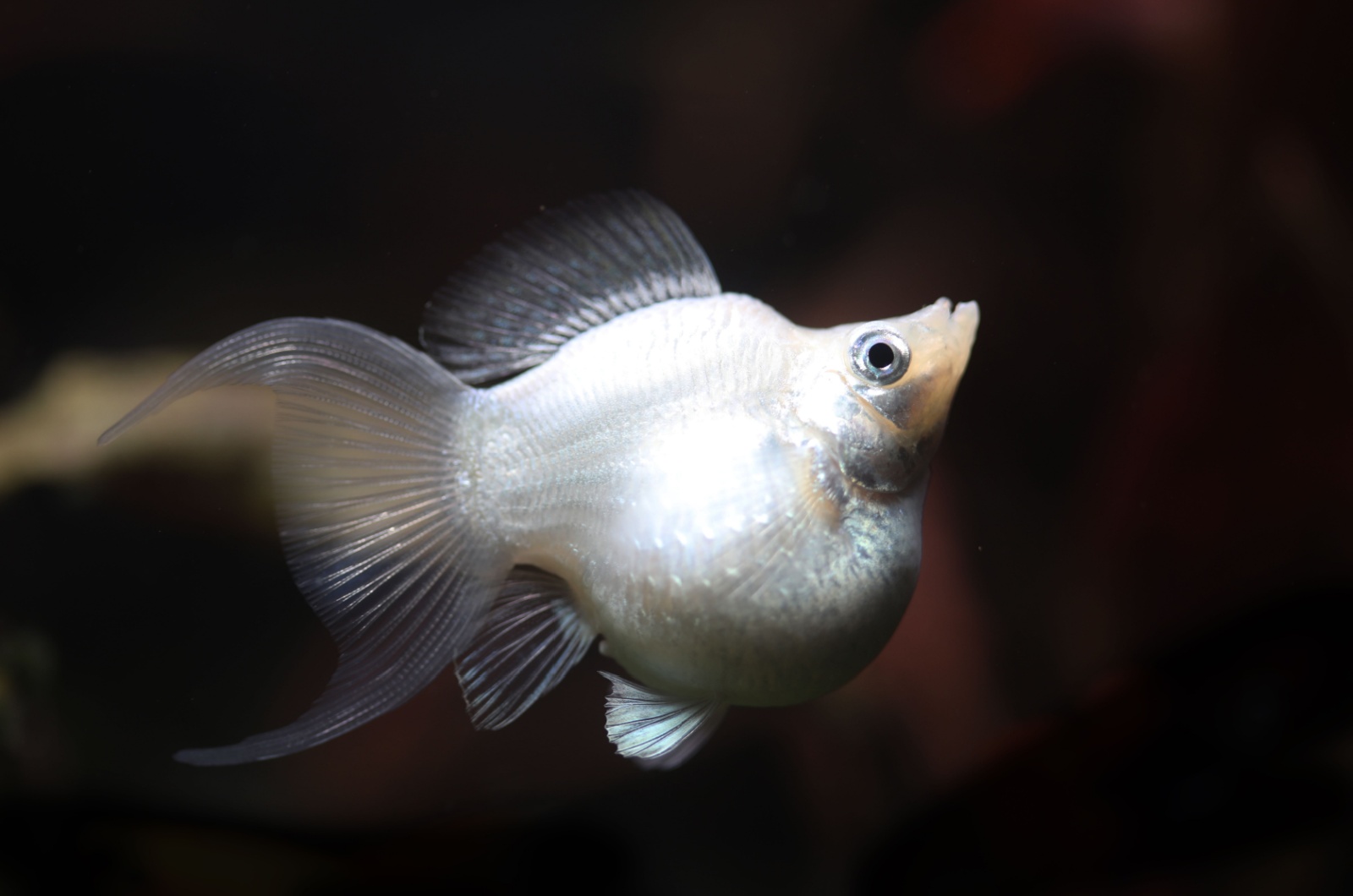
Credit: Shutterstock
The Amazon Molly is a unique freshwater fish species that reproduces via gynogenesis, a rare type of asexual reproduction.
While this species technically requires sperm to trigger reproduction, the sperm does not contribute genetic material, meaning that the offspring are exact clones of the mother.
Found primarily in Mexico and parts of Texas, Amazon Mollies are all-female and rely on closely related species, such as the sailfin molly or Atlantic molly, to provide sperm for reproduction. However, since they do not mix DNA with the males they mate with, their population consists of genetically identical females.
This unusual reproductive strategy allows them to quickly expand their numbers, though it also raises concerns about genetic diversity, which can make them more vulnerable to diseases or environmental changes. Despite these risks, the Amazon Molly has thrived for over 100,000 years, proving that cloning can be an effective survival strategy in the right conditions.
19. Mourning Gecko
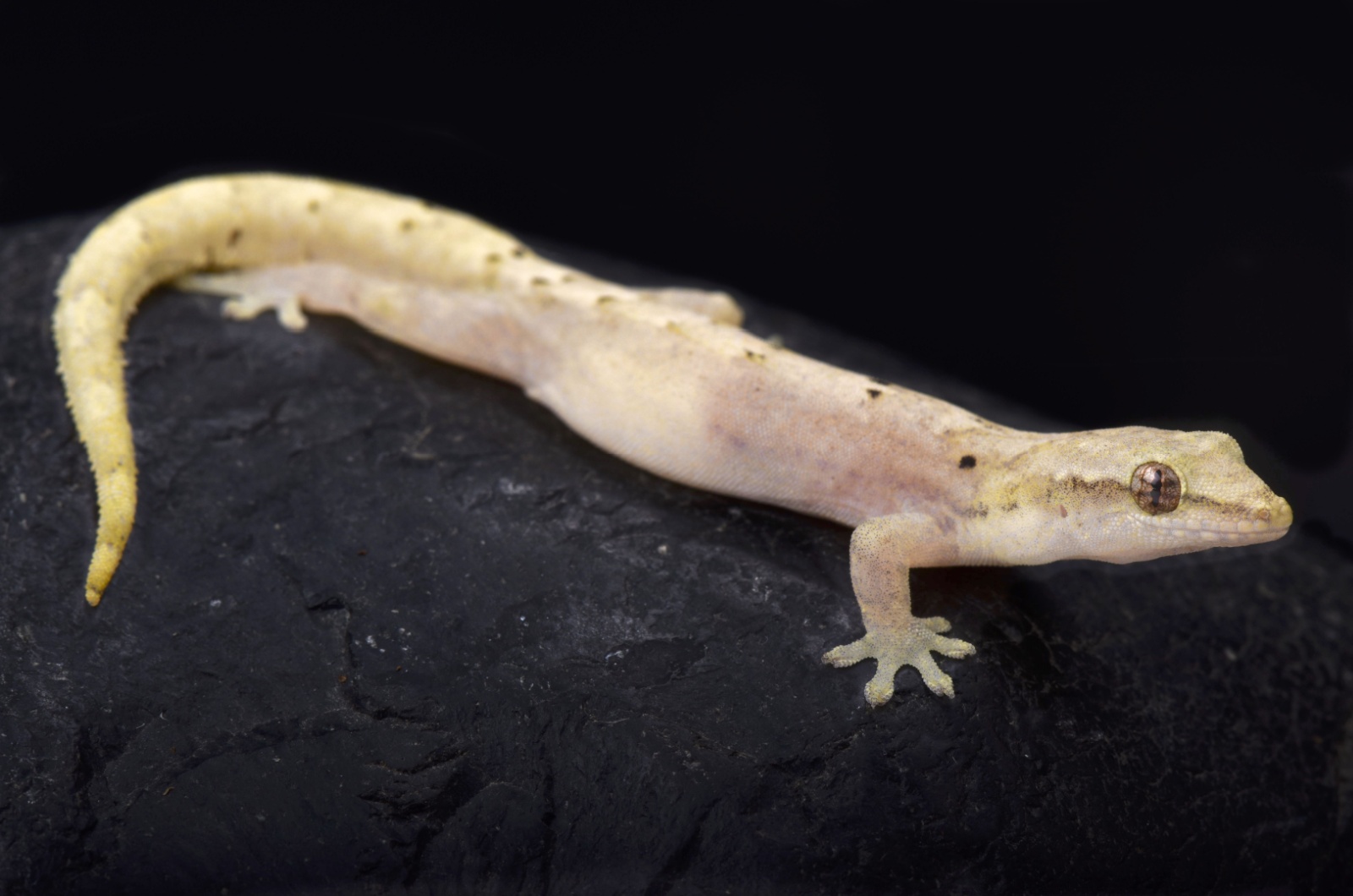
Credit: Shutterstock
The Mourning Gecko is a small, all-female species of gecko that reproduces entirely through parthenogenesis, meaning it clones itself without mating.
Every Mourning Gecko is essentially a genetic copy of its mother, making this species highly successful in colonizing new areas. These geckos are found across tropical and coastal regions, including parts of Asia, the Pacific Islands, and Central and South America.
They are nocturnal, arboreal, and thrive in warm environments, often living in trees, human settlements, and even small cracks in walls. Despite their self-replicating abilities, Mourning Geckos still engage in mating behaviors, which scientists believe help trigger ovulation.
Their ability to reproduce without males allows them to quickly establish populations in new environments, making them one of the most widespread gecko species in the world. Their cloning ability also makes them a fascinating subject in the study of evolution and genetics.
18. Sea Slugs
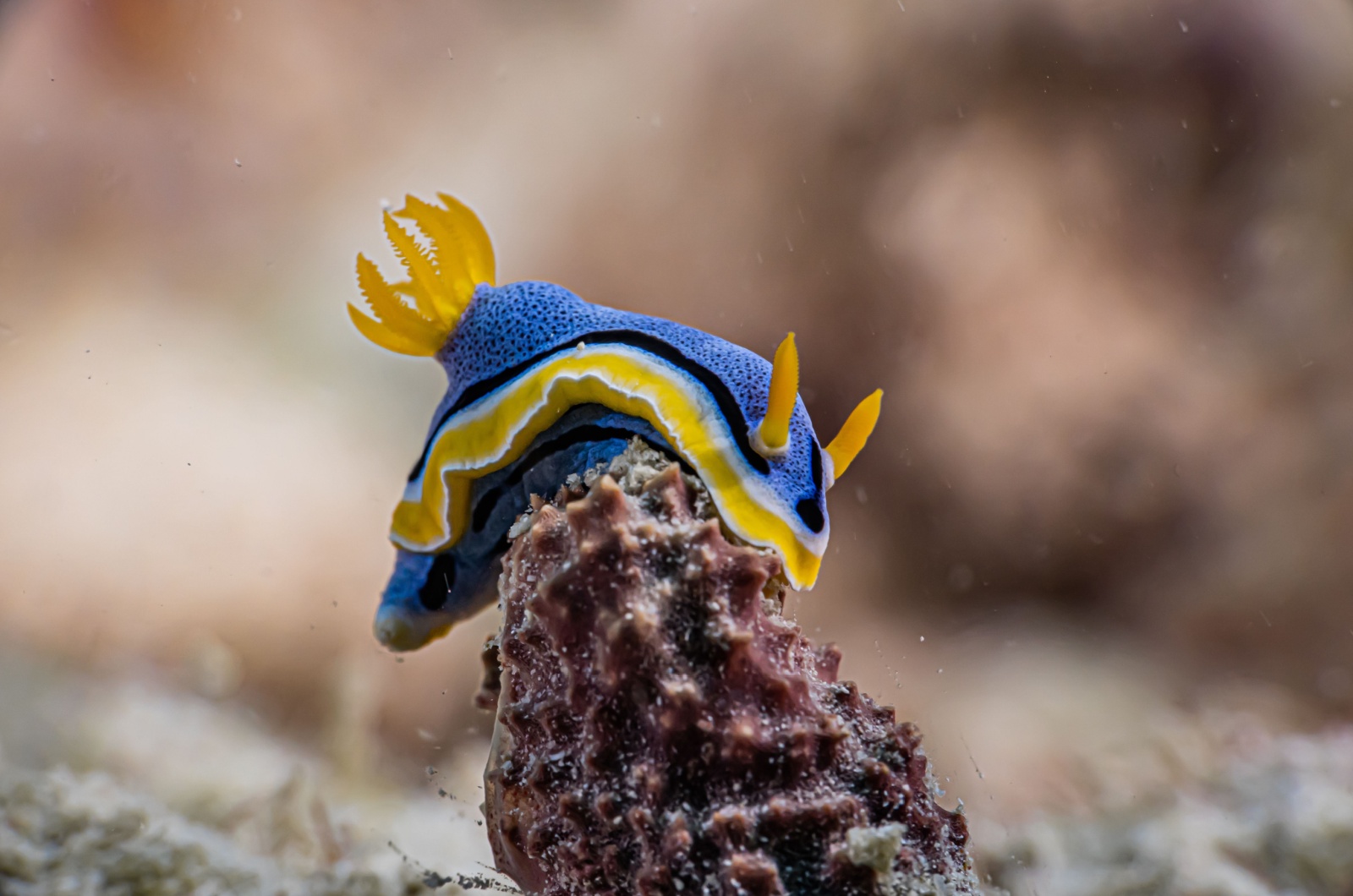
Credit: Shutterstock
Some species of sea slugs have an extraordinary ability to clone themselves through a process called fragmentation, where a lost body part can regenerate into a completely new individual.
This self-cloning mechanism is a form of asexual reproduction, allowing sea slugs to survive even after sustaining severe injuries. In some species, like Elysia marginata and Elysia atroviridis, the slug can intentionally detach its own head from its body when threatened by predators or parasites.
The head then regenerates an entirely new body, including critical organs, within a matter of weeks, while the discarded portion eventually withers away.
This incredible adaptation serves as a built-in survival strategy, helping sea slugs escape predators, heal from injuries, and even remove parasites that may be affecting their health.
17. Corals
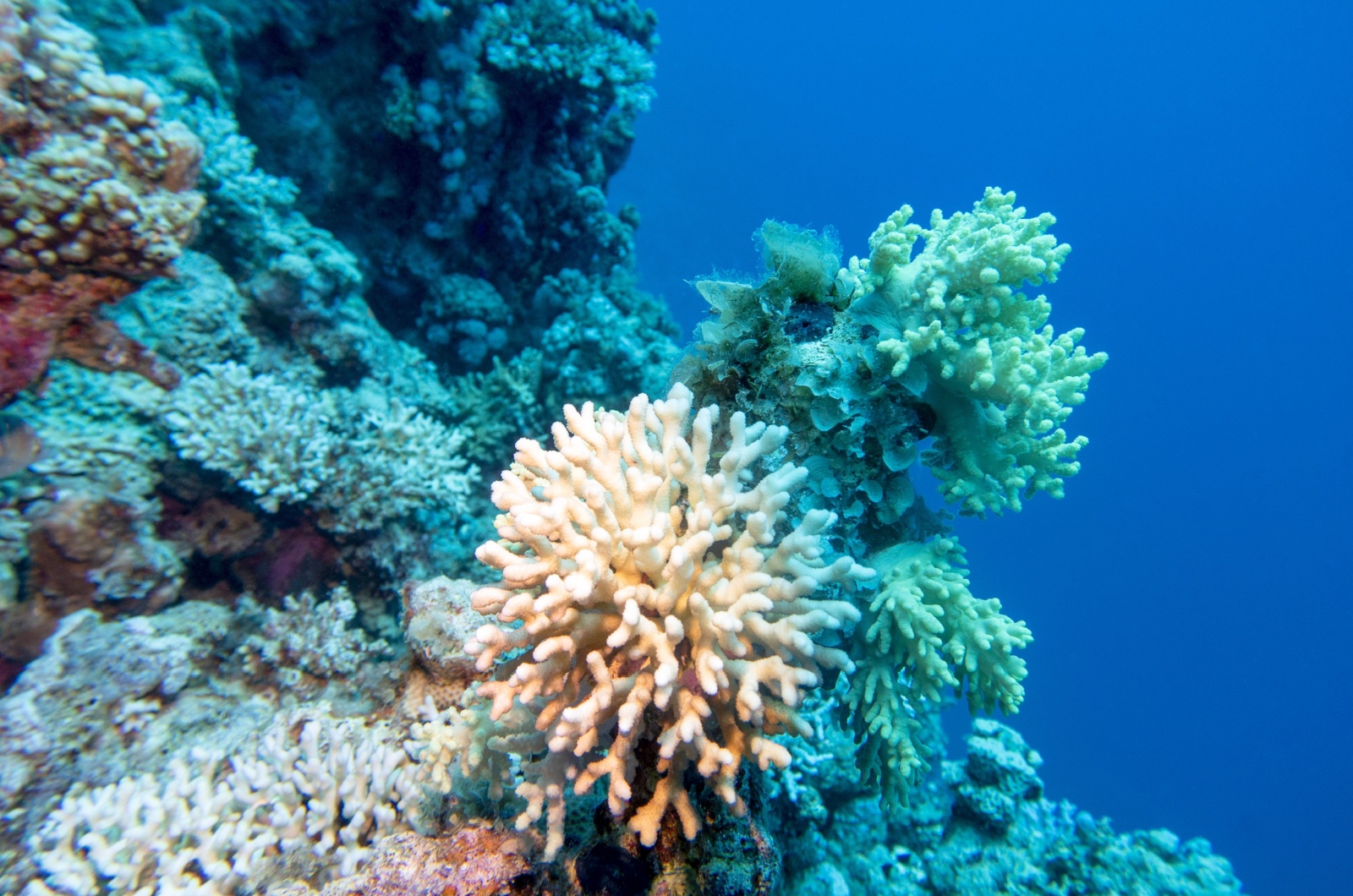
Credit: Shutterstock
Corals have a unique ability to clone themselves through a process called budding. When a coral polyp (the tiny individual coral animal) splits, it forms a new polyp that is genetically identical to the original. This allows coral colonies to grow and spread, creating large, vibrant reefs.
It’s a clever survival strategy that helps corals adapt to changing environments and thrive in their underwater homes.
16. Aphids
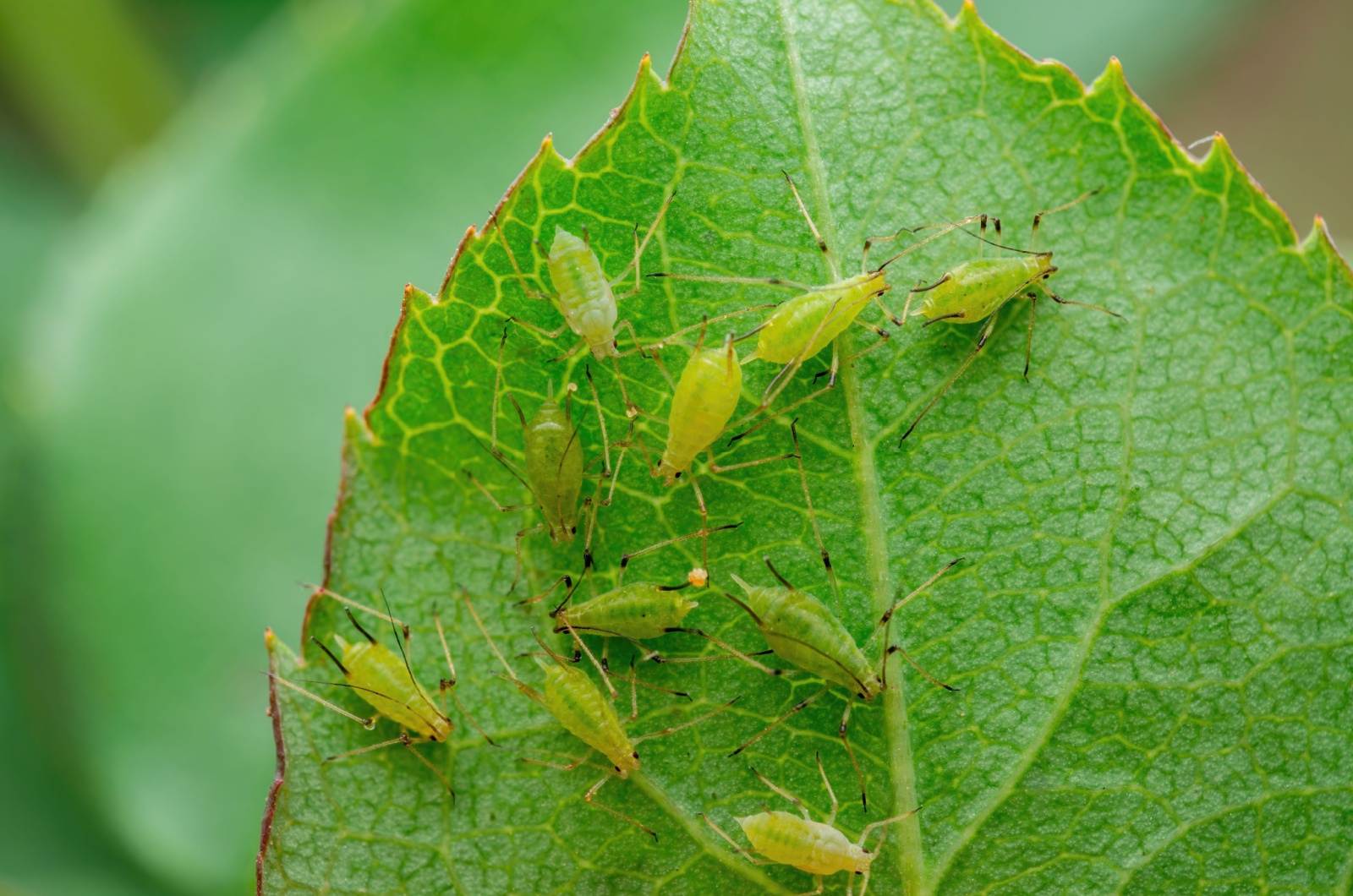
Credit: Shutterstock
Aphids are known for their incredible reproductive strategies. In favorable conditions, these tiny insects reproduce through parthenogenesis, creating clones of themselves in massive numbers.
When conditions worsen, they switch to sexual reproduction for genetic diversity, showcasing impressive adaptability.
15. Water Fleas (Daphnia)
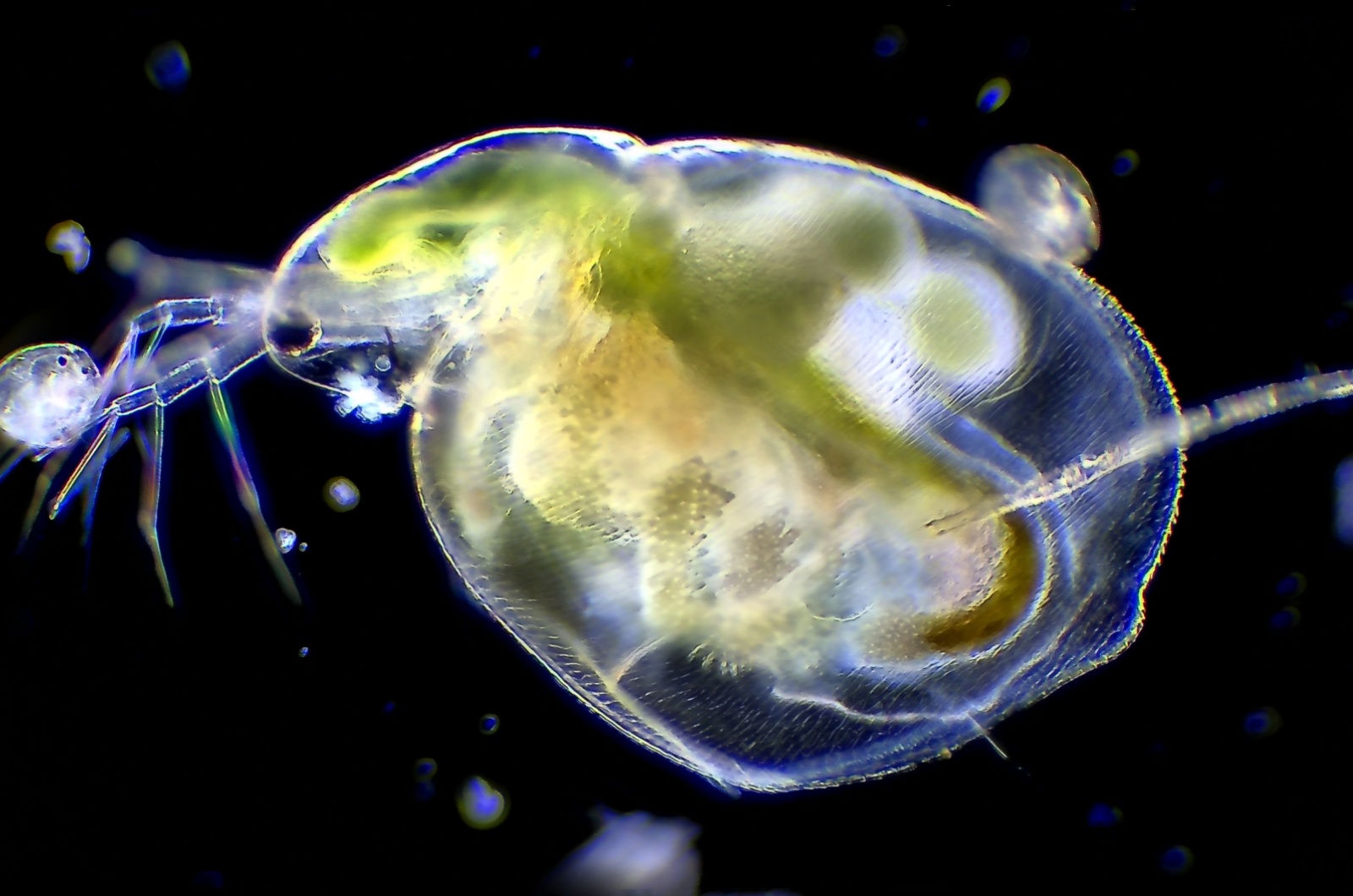
Credit: Shutterstock
Daphnia, or water fleas, are tiny freshwater crustaceans that can switch between sexual and asexual reproduction.
Under favorable conditions, they reproduce asexually, creating identical clones rapidly. However, when conditions change, they switch to sexual reproduction, ensuring genetic diversity.
This ability allows them to quickly populate an area when resources are abundant while also maintaining the flexibility to adapt when environmental stressors, such as temperature fluctuations or food shortages, arise.
Their parthenogenetic reproduction can lead to massive population booms, making them a crucial food source for fish and other aquatic organisms.
Additionally, Daphnia are highly sensitive to environmental changes, making them important bioindicators for assessing the health of freshwater ecosystems.
14. Sponges
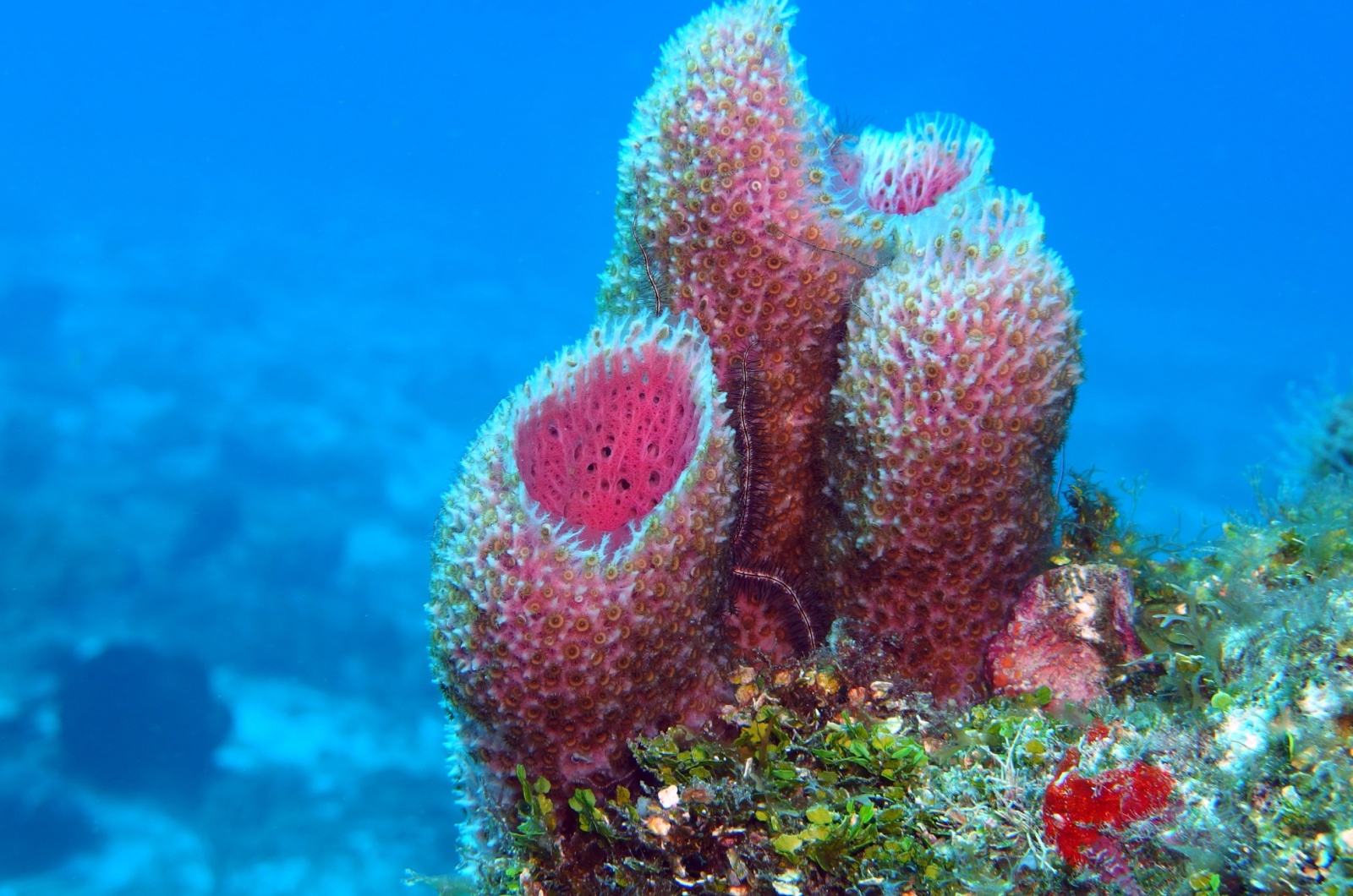
Credit: Shutterstock
Sponges, some of the oldest living animals on Earth, can reproduce through a form of cloning known as “budding” or “fragmentation.”
Pieces of a sponge can break off and grow into new, identical sponges, making them exceptionally resilient to environmental changes and damage.
13. Sea Star (Starfish)
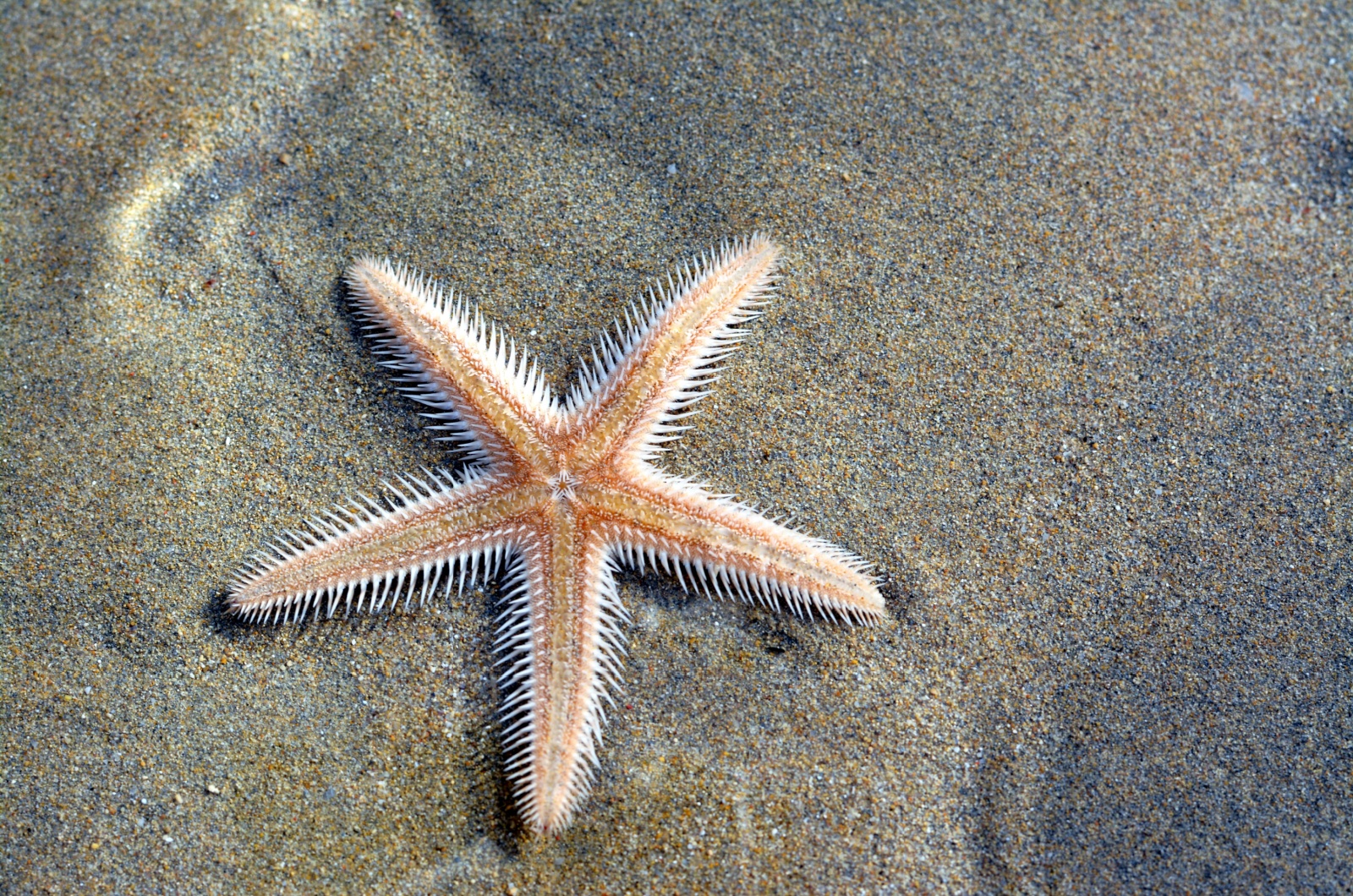
Credit: Shutterstock
Sea stars have an incredible ability to regenerate entire limbs, and in some cases, whole new sea stars!
If a sea star loses an arm, it can regrow it, and sometimes the lost arm itself can regenerate into a new, genetically identical sea star. This cloning capability helps them survive in ocean environments where injury is common.
12. Brittle Star
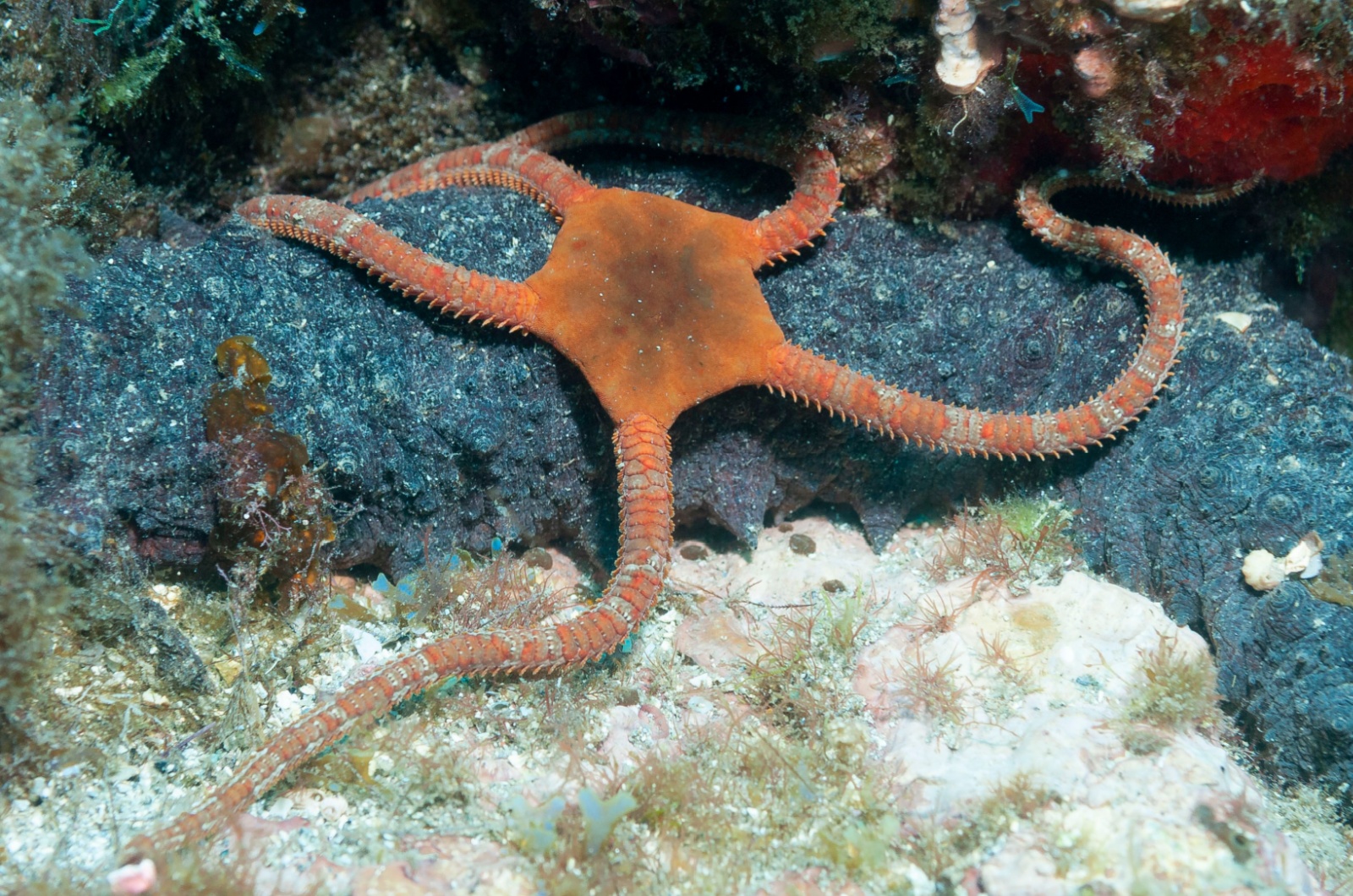
Credit: Shutterstock
Closely related to sea stars, brittle stars can also reproduce asexually through fragmentation.
If part of their central disk is intact, a detached arm can regenerate into a new brittle star. This trait not only helps them survive injury but also populate ocean floors.
11. Gall Wasps
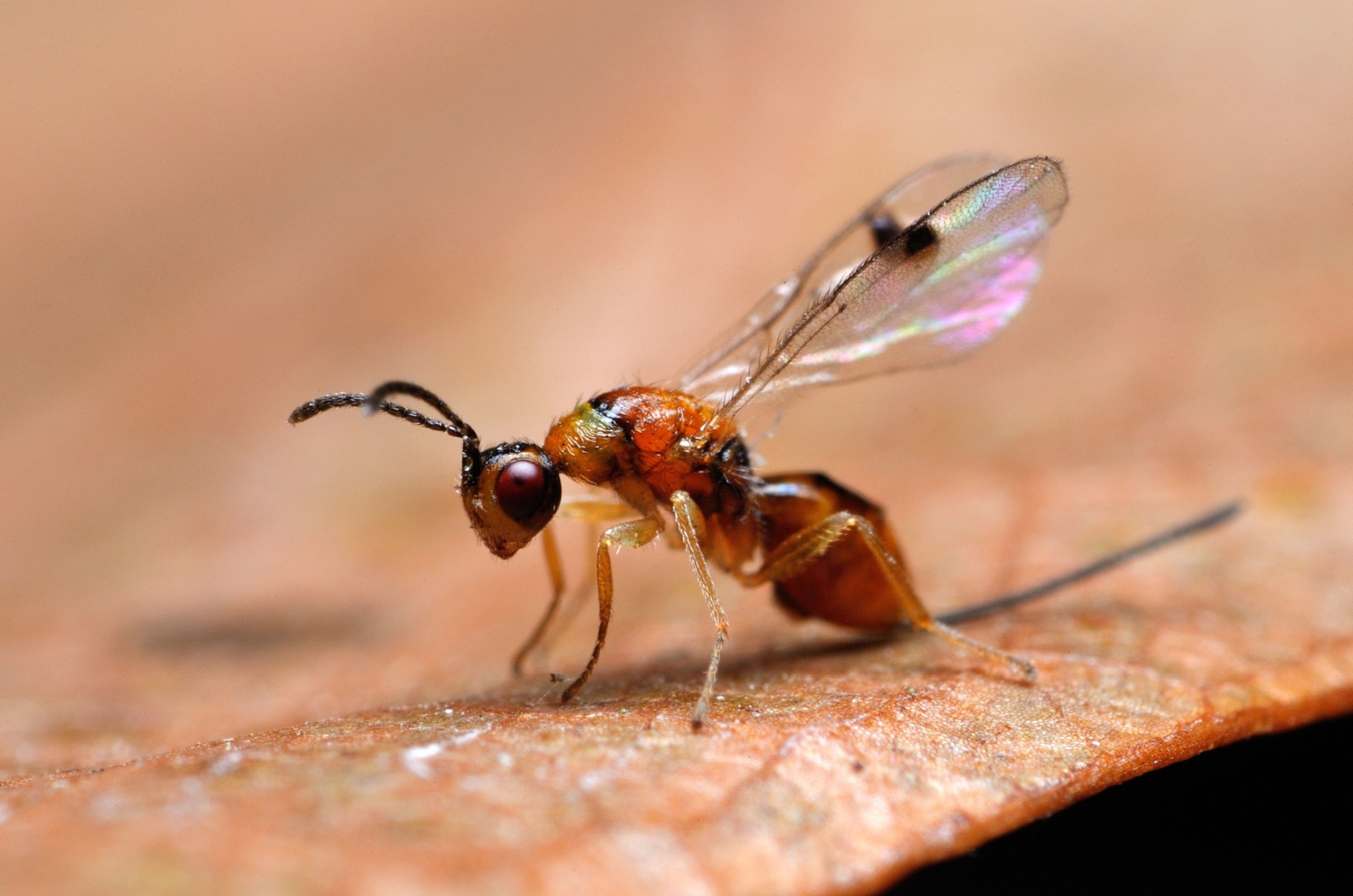
Credit: Shutterstock
Gall wasps can reproduce through parthenogenesis, especially in times when mates are unavailable. They lay eggs that develop into identical offspring, allowing them to efficiently populate trees and create the characteristic “galls” that shelter their larvae.
10. Komodo Dragons
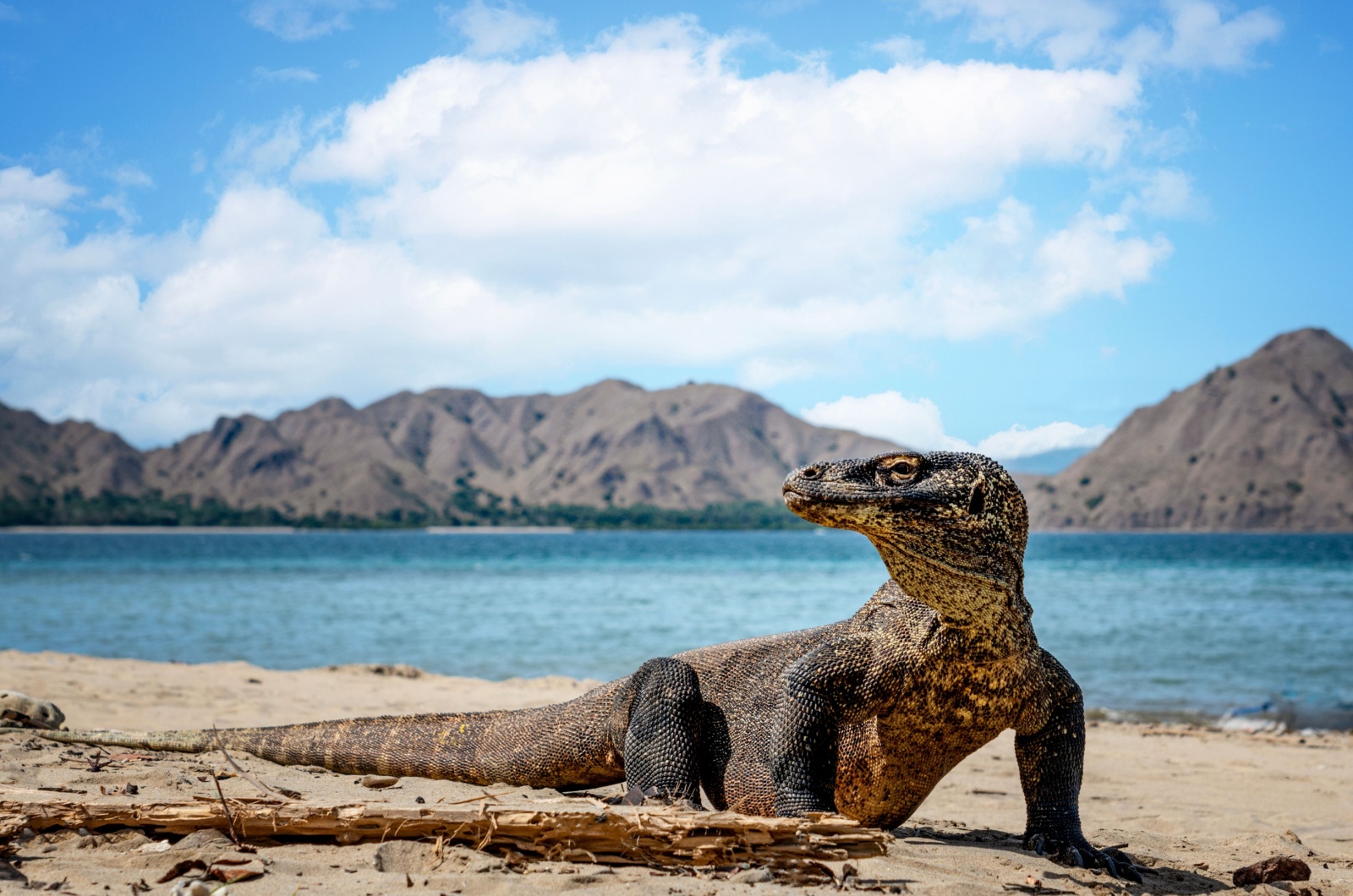
Credit: Shutterstock
Although Komodo dragons typically reproduce sexually, females can reproduce via parthenogenesis when isolated from males.
This “backup” reproductive strategy ensures that a female Komodo dragon can still pass on her genes even when no male is around, which is crucial for this vulnerable species.
9. Boa Constrictors
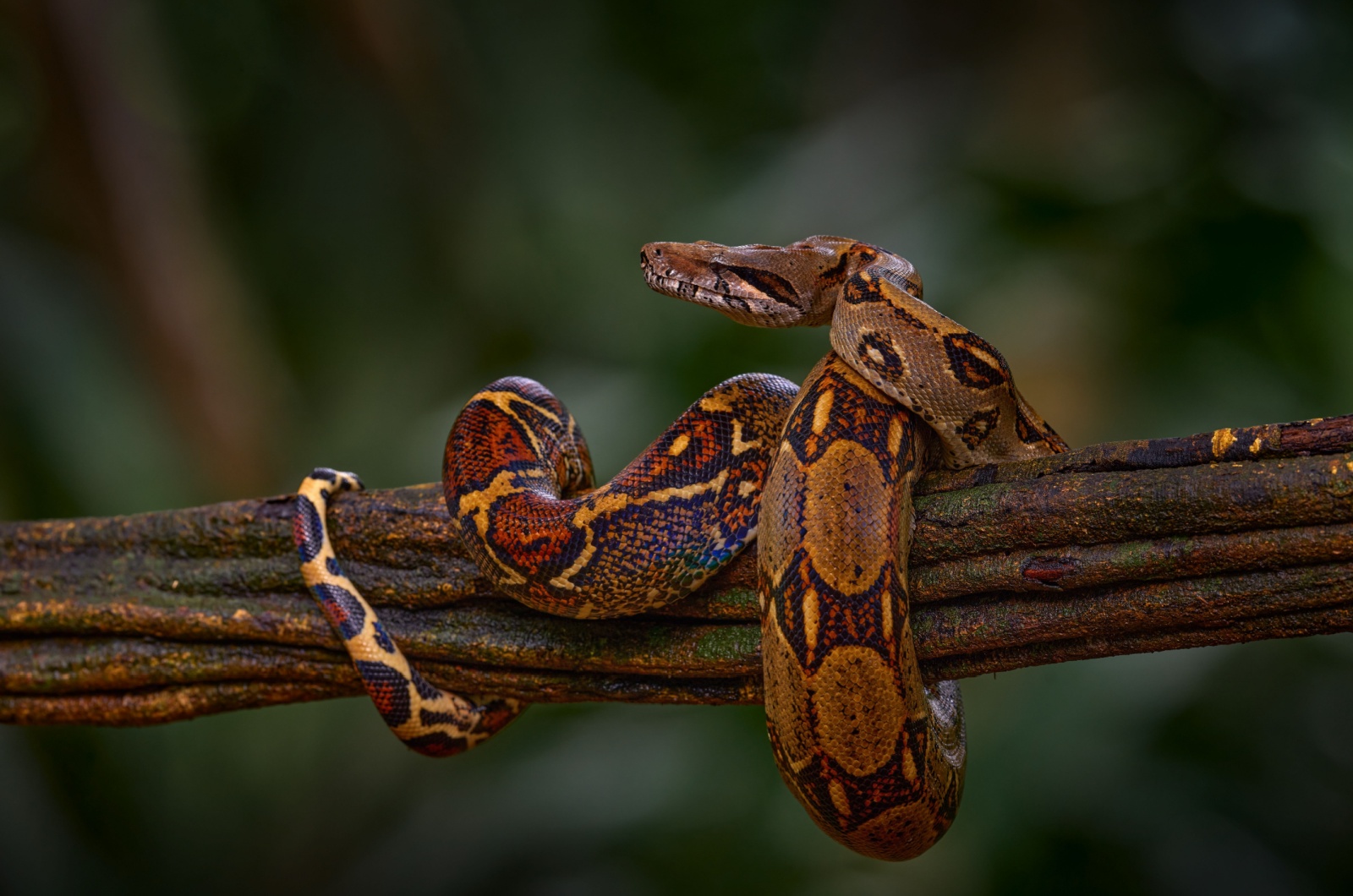
Credit: Shutterstock
In rare cases, female boa constrictors have been observed reproducing through parthenogenesis, giving birth to litters of genetically identical offspring.
This ability provides a way to continue their lineage even in the absence of a mate, a survival advantage in isolated environments.
8. Whiptail Lizards
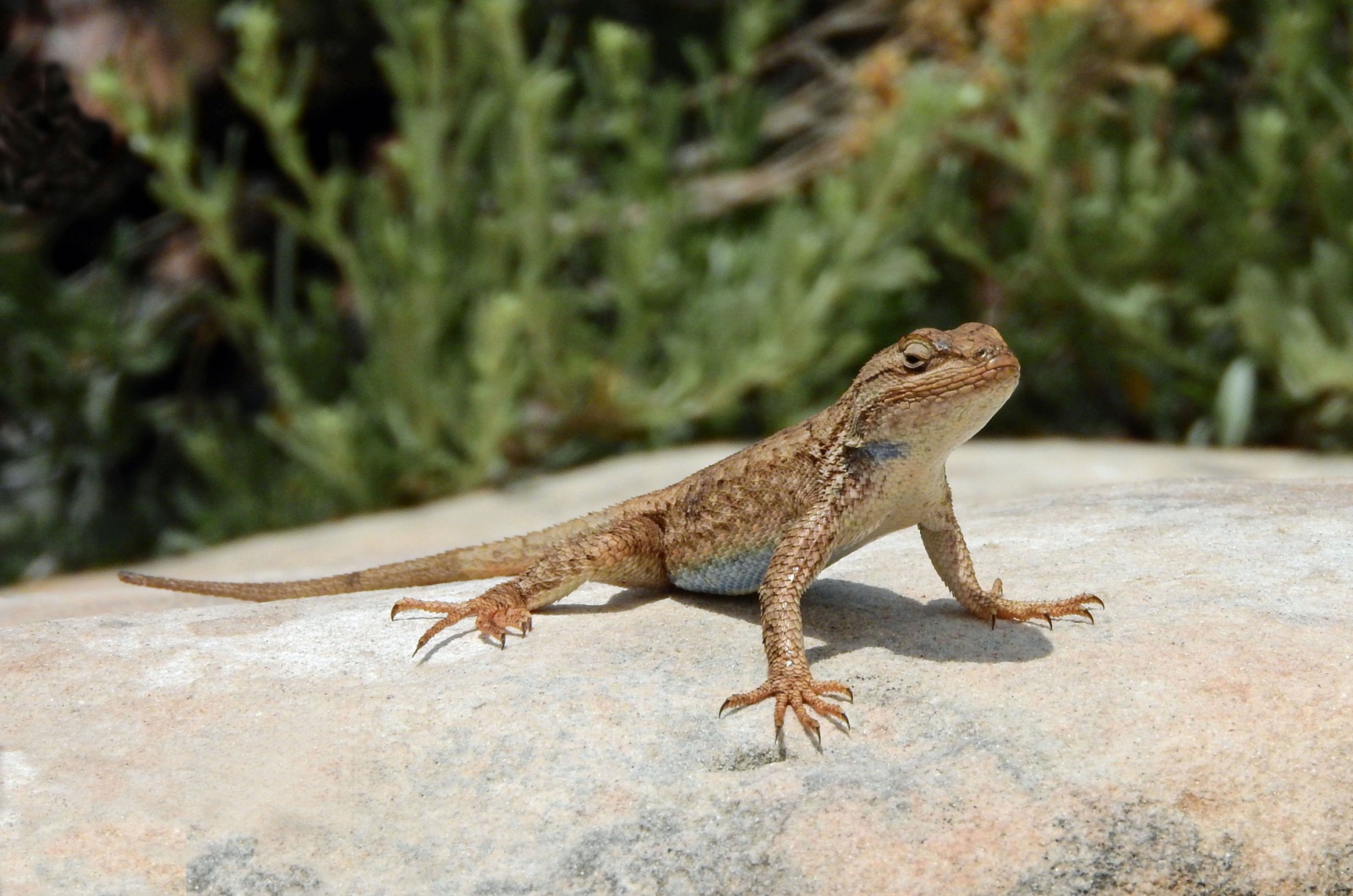
Credit: Shutterstock
Several species of whiptail lizards consist only of females that reproduce by parthenogenesis.
Each female produces eggs that develop without fertilization, leading to identical offspring. These lizards inhabit environments where finding a mate is challenging, so cloning has become their successful survival strategy.
7. Hammerhead Sharks
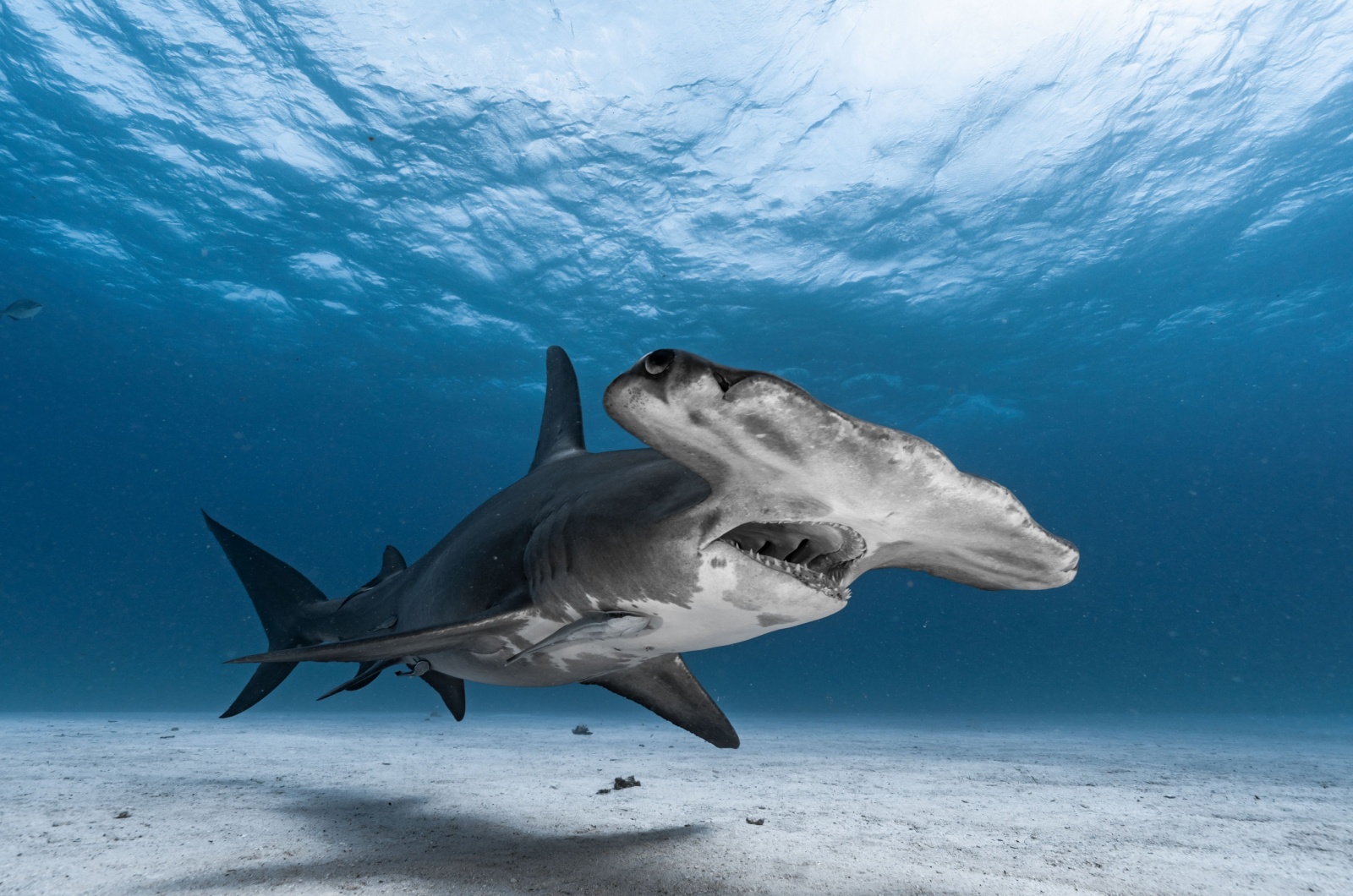
Credit: Shutterstock
Some female hammerhead sharks in captivity have been known to give birth without mating through parthenogenesis.
This rare phenomenon has been observed in certain species, showing that even complex vertebrates can reproduce asexually under certain conditions.
6. Planarians (Flatworms)
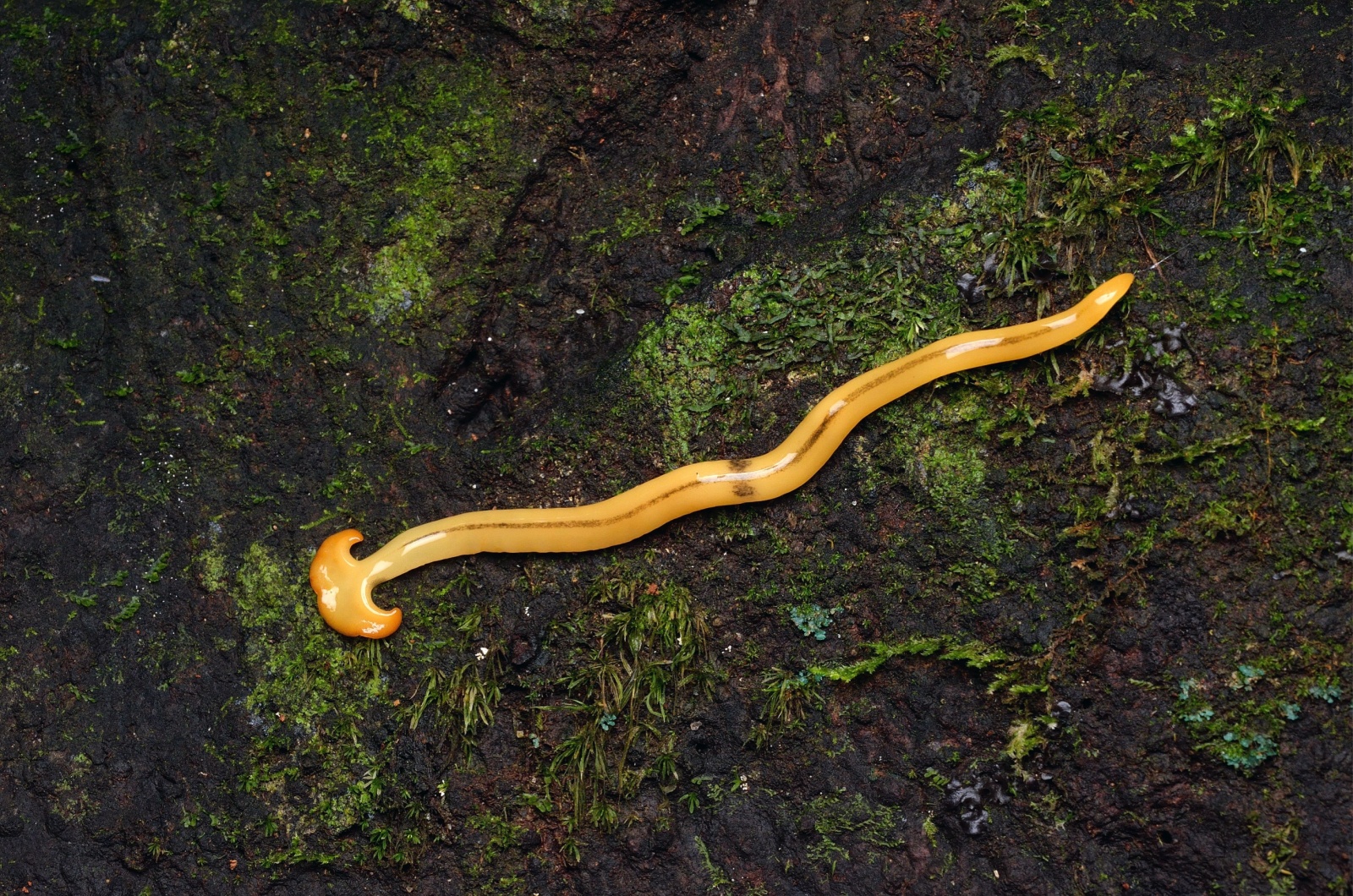
Credit: Shutterstock
Planarians are famous for their regenerative abilities. If you cut a planarian in half, each half can regenerate into a complete worm, creating a clone.
Some species even intentionally divide themselves to reproduce, showcasing one of the most impressive cloning abilities in the animal kingdom.
5. Bdelloid Rotifers
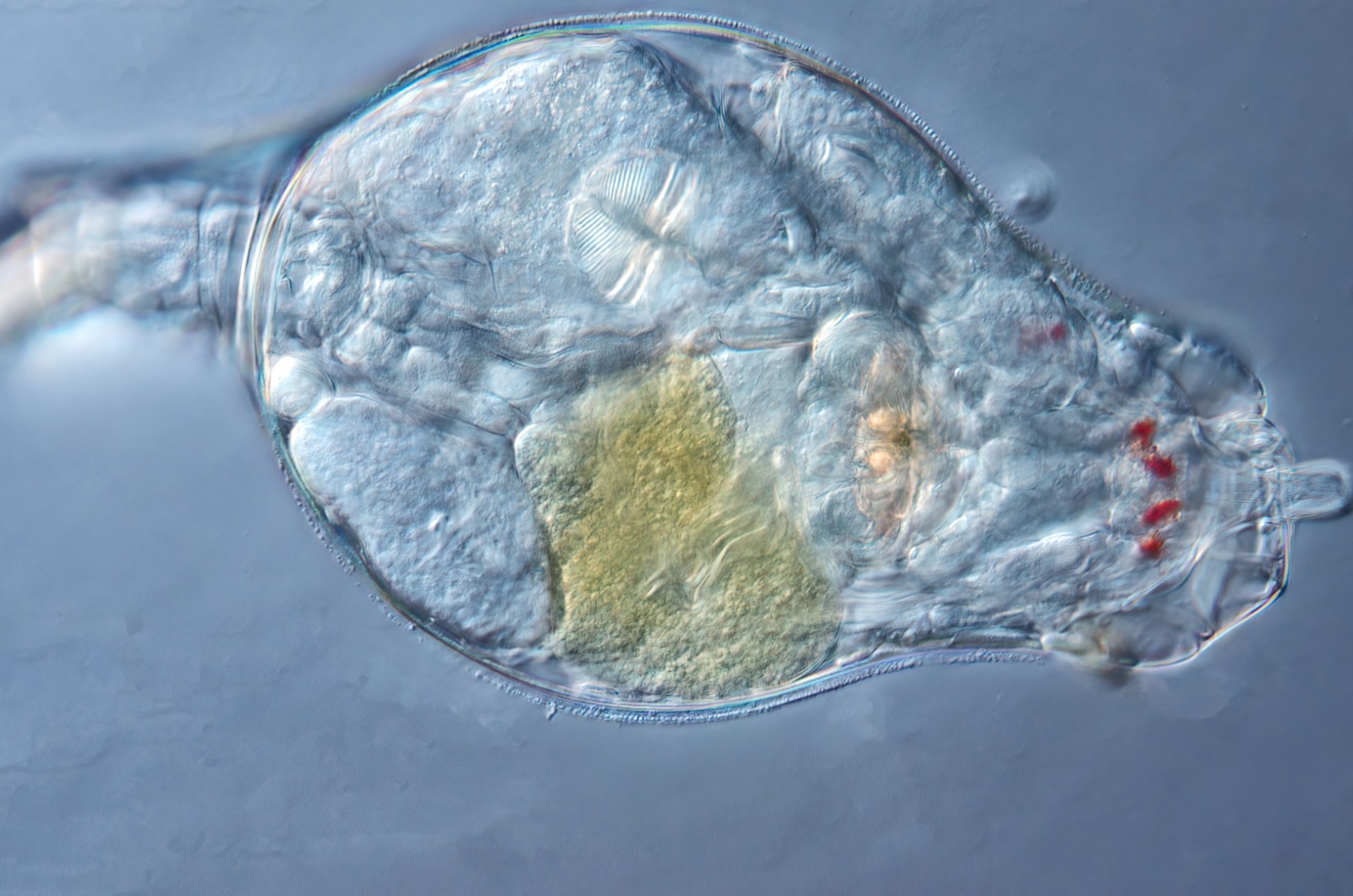
Credit: Shutterstock
These tiny, water-dwelling creatures have been reproducing without sex for millions of years.
Bdelloid rotifers are known for their extraordinary ability to survive desiccation (drying out), allowing them to “pause” their life processes until conditions improve, after which they resume asexual reproduction.
4. Hydra
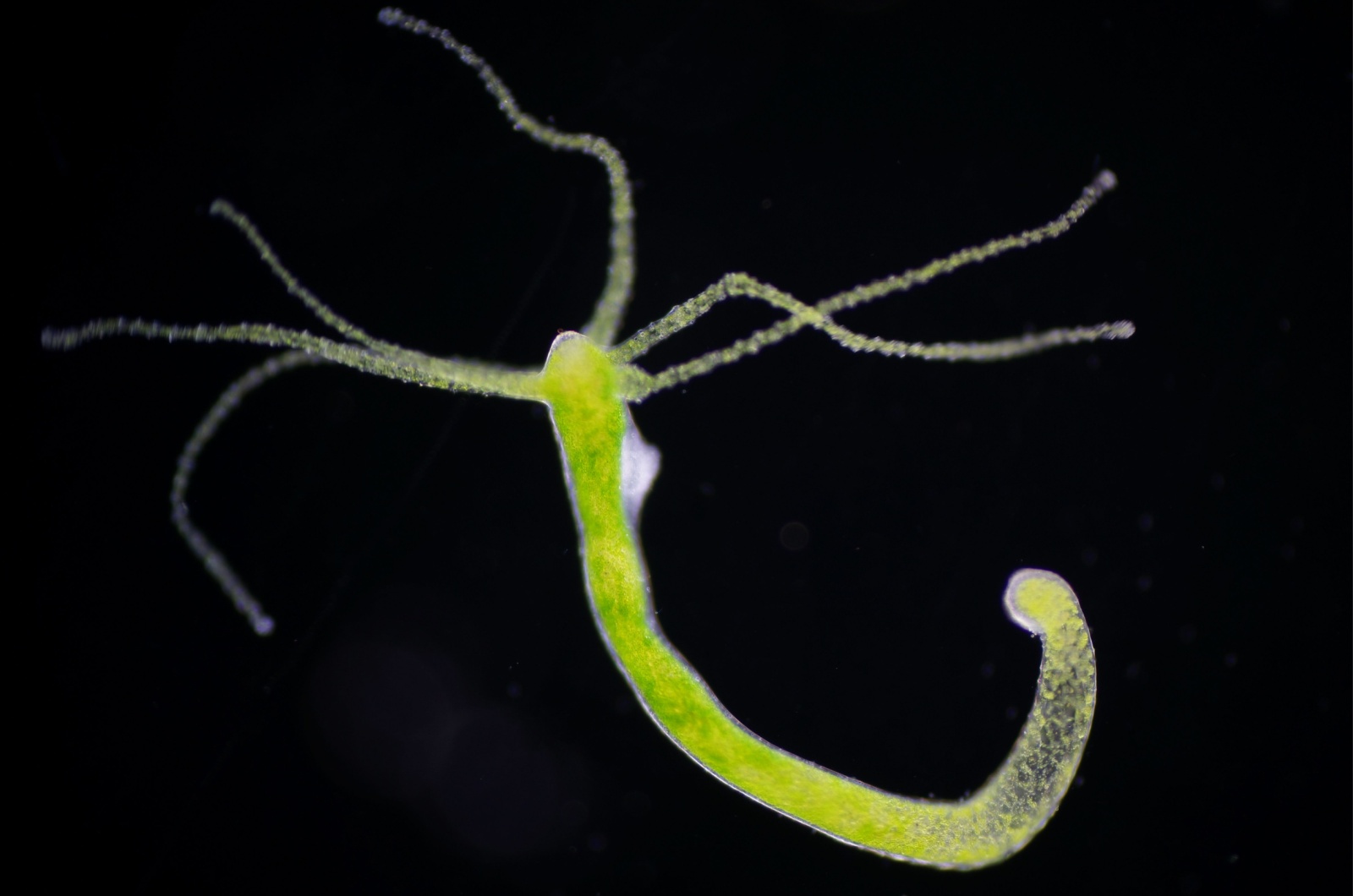
Credit: Shutterstock
Hydras, tiny freshwater animals, are practically immortal, thanks to their regenerative abilities. They can reproduce asexually by “budding,” as mentioned with sponges – a small part grows into a fully-formed clone and then separates.
Amazingly, hydras don’t seem to age, making them an intriguing study in longevity and regeneration.
3. Sea Anemones
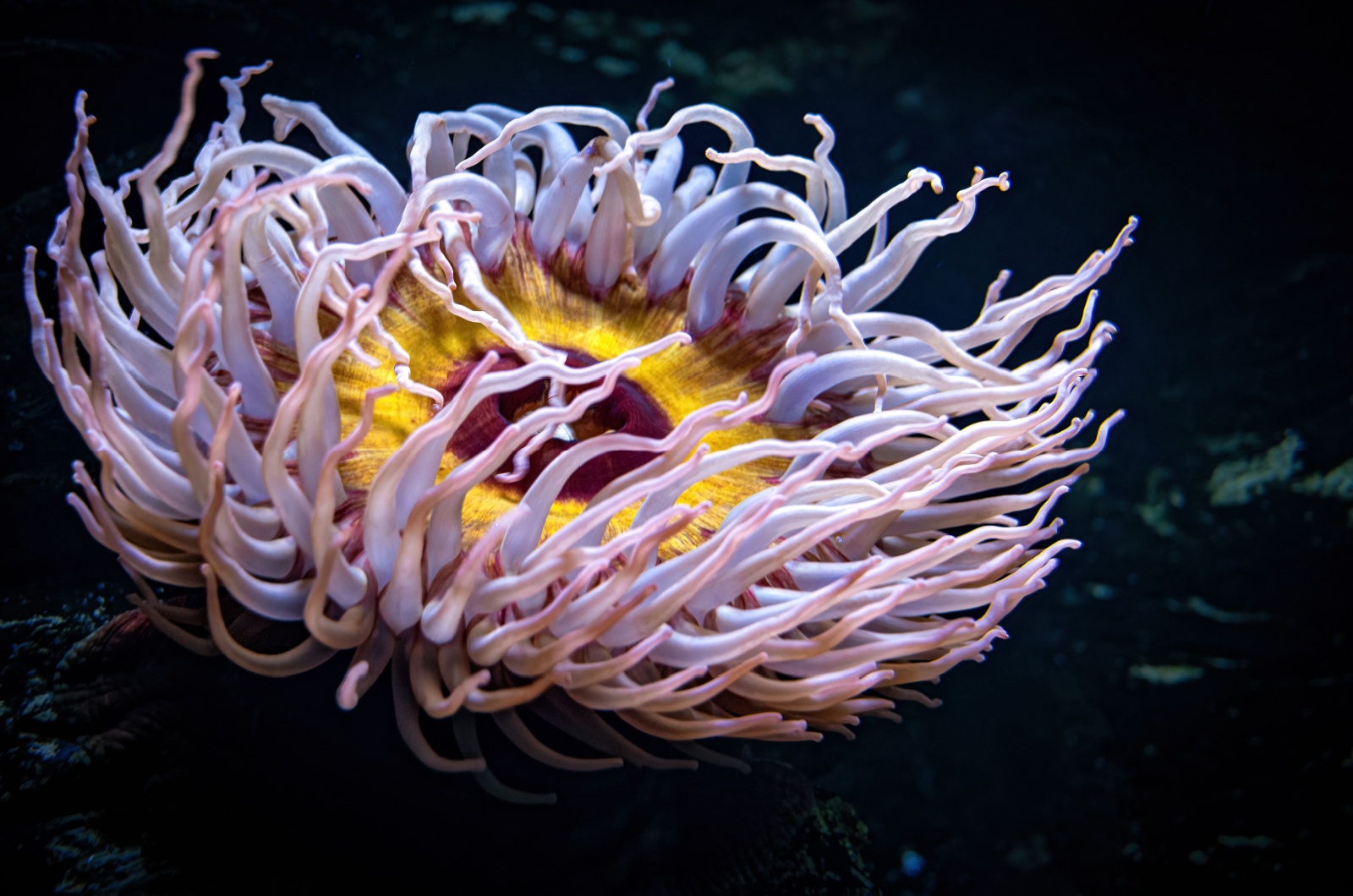
Credit: Shutterstock
Sea anemones can clone themselves by splitting in half or “fission,” producing two genetically identical individuals. This method allows them to populate areas of the ocean and form large colonies quickly.
They’re known for their resilience, clinging to rocks even in turbulent waters. Their ability to defend territory using “battle” tentacles against other anemones also makes them an unusual cloner with fascinating colony dynamics.
2. Immortal Jellyfish
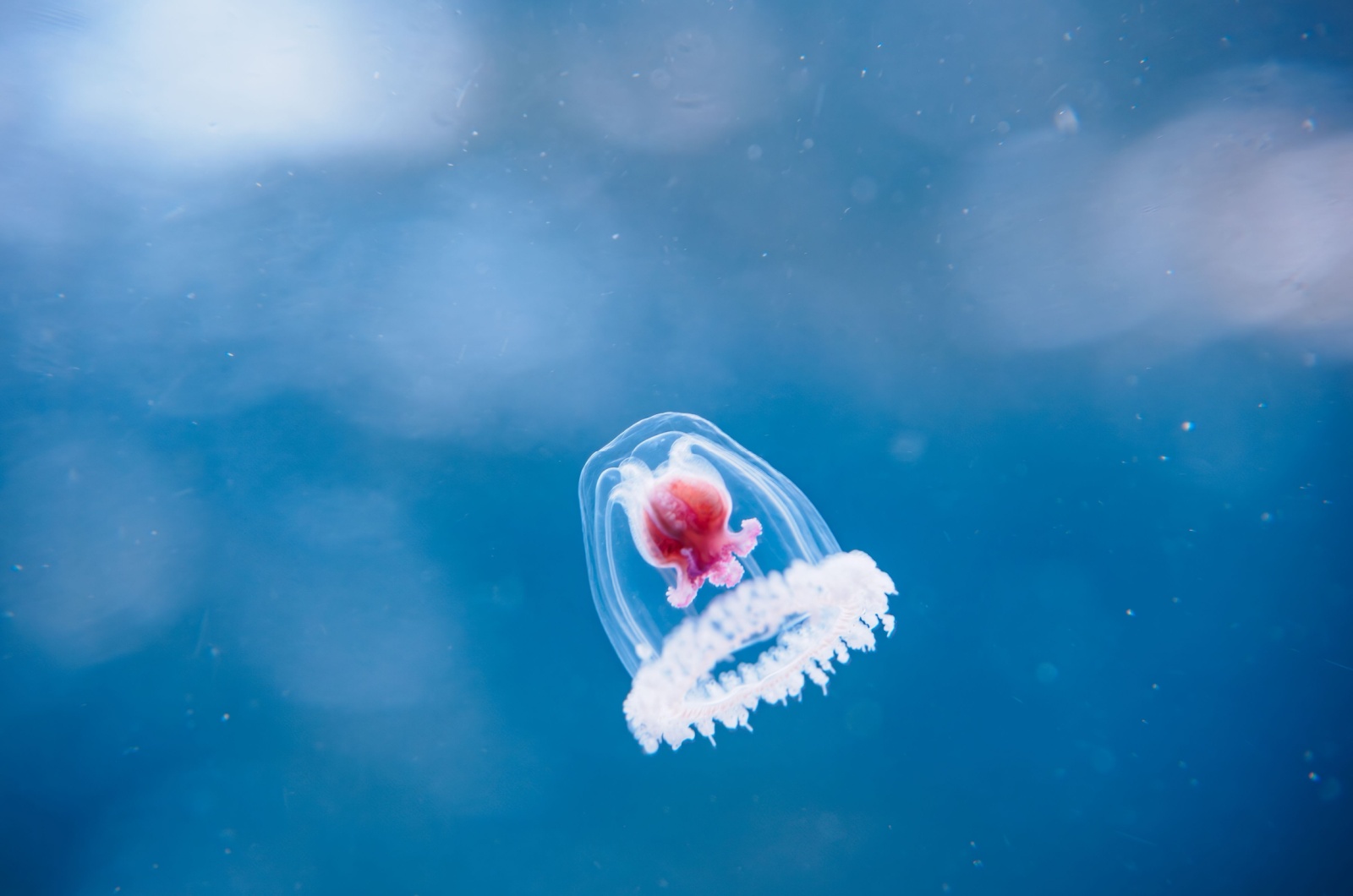
Credit: Shutterstock
The immortal jellyfish truly lives up to its name: when stressed or injured, it can revert to its juvenile polyp stage, creating clones of itself in a process called “transdifferentiation.”
This unique ability essentially allows it to start life over, making it biologically immortal.
Researchers continue to study the immortal jellyfish, as it’s one of the only known animals capable of this continuous, cyclical form of self-cloning.
1. Marbled Crayfish (Marmorkrebs)
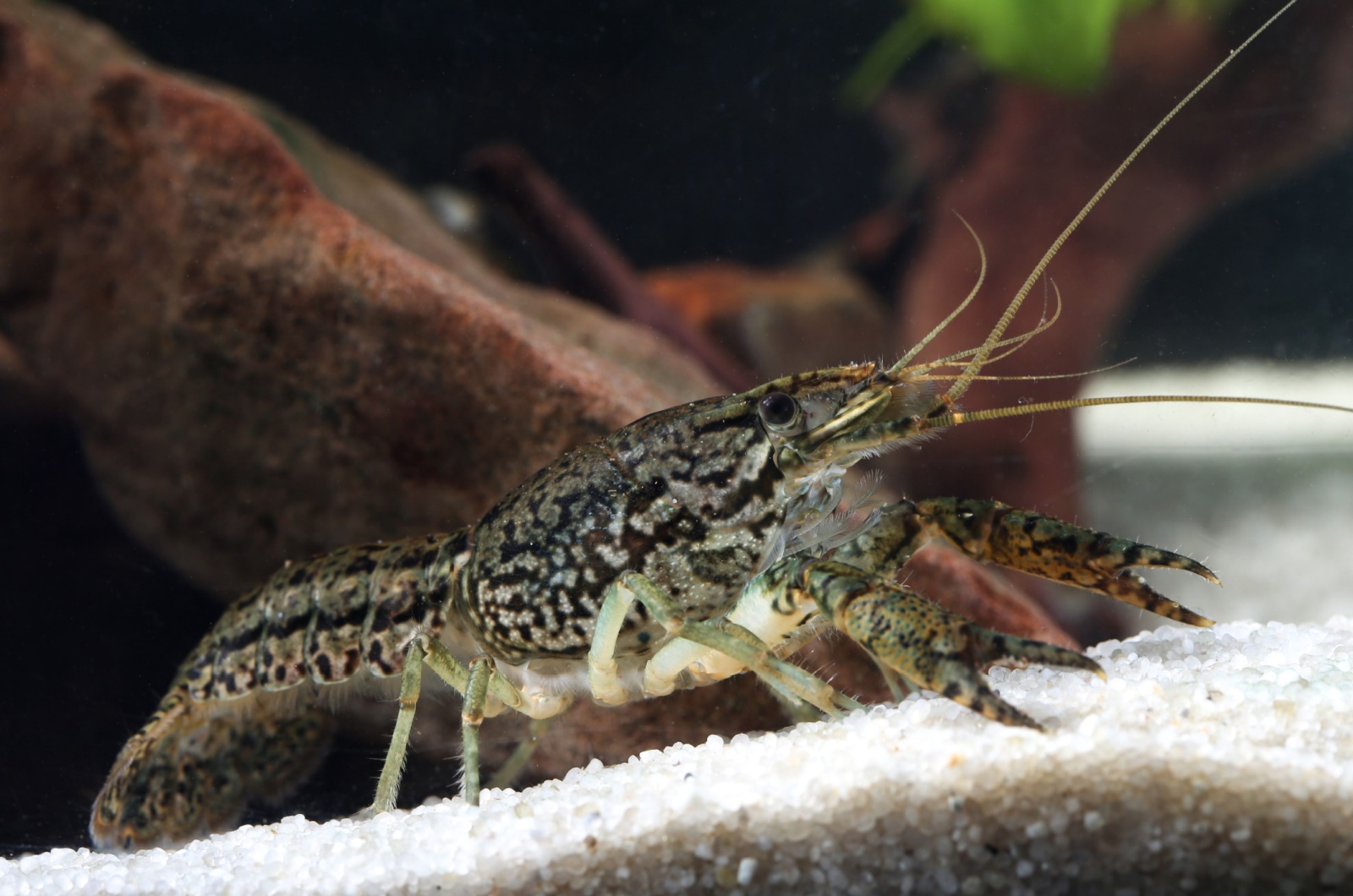
Credit: Shutterstock
Marmorkrebs are perhaps the most fascinating self-cloner due to their unique origin and impact. Unlike other animals that evolved over time to clone, marmorkrebs suddenly appeared as a species capable only of parthenogenesis.
This means all individuals are females and produce genetically identical offspring without fertilization.
This trait has allowed them to spread rapidly across different environments and even become an invasive species in some areas.

